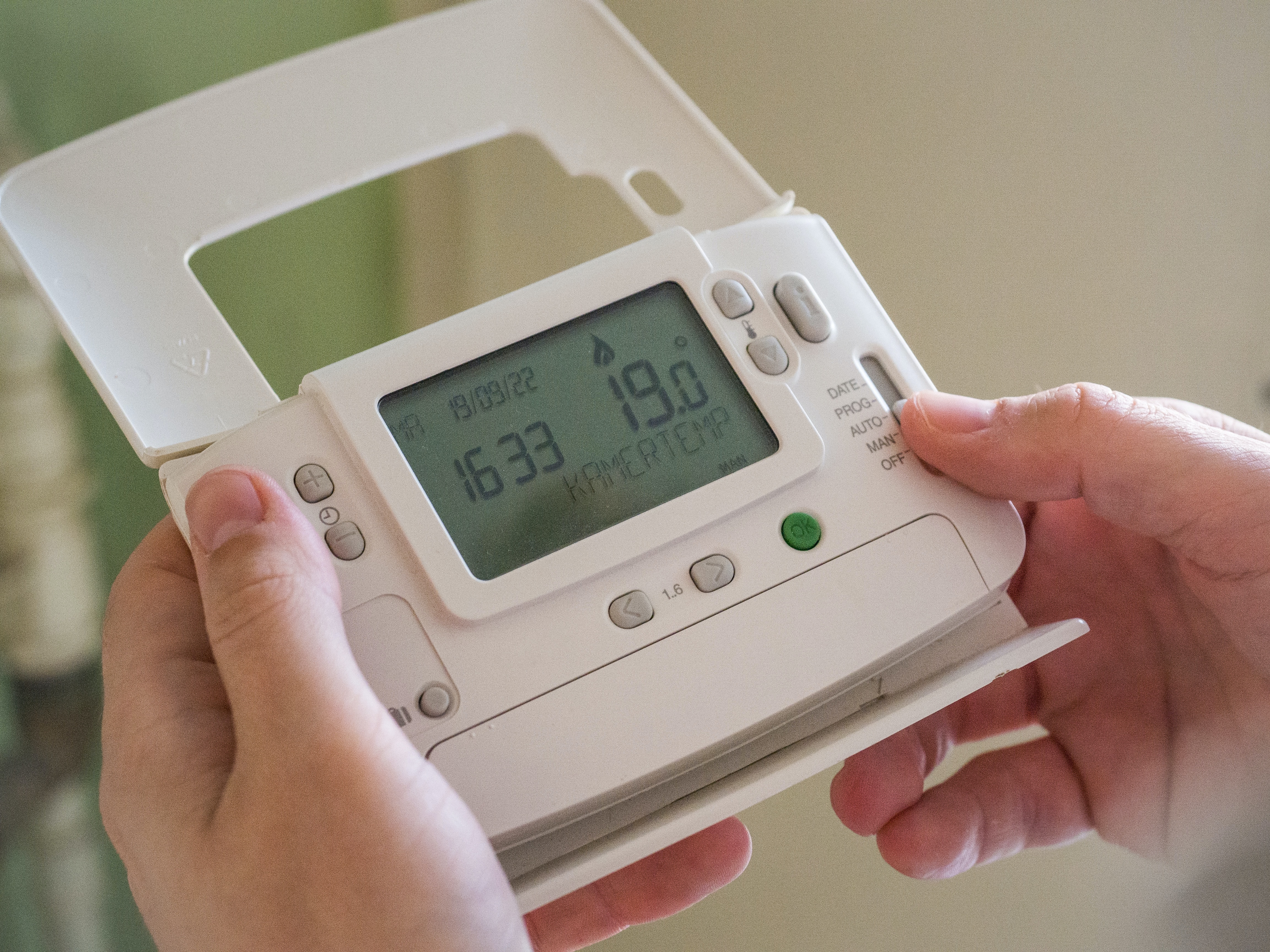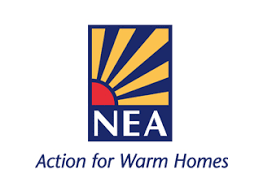A blog by National Energy Action for the Vulnerability Registration Service.
The weather may be warmer and the media full of reports of energy prices coming down, but the energy crisis is far from over. There remains much to do to help households now and ahead of next winter, and even with the reductions in energy costs ahead, for millions energy will remain entirely unaffordable.

Ofgem announced on 25th May that the typical energy bill will fall to around £2,000 from 1st July. While this is welcome, this is still more than two thirds more expensive than in April 2021 (when the average bill was £1,138). At the same time, households have seen their finances eroded by the staggering cost of essentials, with low-income and the most vulnerable households hit hardest. The idea that we should be celebrating energy bills being at this level just two years later – while incomes remain stagnated – is unacceptable.
At National Energy Action we cannot accept high energy bills as the new normal and this is why we continue to campaign for fairer and more affordable energy market mechanisms and tariffs, as well as additional energy bill support from the government. We have several major concerns.
A debt crisis

While households will be using less heating in the coming months, they are likely to be heading into the next winter in very poor financial shape, unable to weather further storms. Regardless of the weather, debt is becoming a serious problem for fuel-poor households.
Analysis by Debt Justice in January found that total energy debt owed by households grew by 43% to £2.5 billion in the 12 months to October 2022. Those arrears will turn into formal debt repayment arrangements later this year. That will effectively make energy more expensive for those households in the winter to come.
Rationing and self-disconnection

One of the impacts of the energy crisis has been the rise in rationing energy use, whether for heating, cooking, or, in the most extreme examples, for medical equipment. There is little to suggest this will not be a similar situation faced by millions in the winter to come. As we have highlighted, for many households in fuel poverty, there is a dire need for them to use more, not less, energy to protect health and wellbeing.
In a call for evidence for National Energy Action’s 21-22 Fuel Poverty Monitor, respondents said households were:
• Avoiding use of central heating (if they have it) and using secondary appliances such as gas fires and plug-in electric radiators to minimise energy costs while concentrating as much heat as they can in one room.
• Going to bed to stay warm.
• Spending the day in heated spaces such as public transport, cafes, and A&E departments.
• Using candles for heat as well as light.
• Changing sleeping patterns to sleep during the day when it is warmer.
• Asking if their gas can be capped off to avoid using it (where households were living in social housing).
• Sending children to stay with relatives and friends to protect health when unable to access energy.
• Using unsafe, un-serviced, or inappropriate appliances to stay warm (61%). Burning furniture, flooring, and other items like clothes in open fires to try and keep warm (23%). Heating method such as these dramatically increase the risk of carbon monoxide poisoning.
Self-disconnection by prepayment meter customers (when they do not top up their meter) has also become a huge issue. Prepayment customers are disproportionately low income, with more than half having an income of less than £18,000/year. National Energy Action welcomed the introduction of the prepayment meter code of practice, even if still leaves uncertainty for some households. However, it is essential that this becomes part of the regulator Ofgem’s licence condition to prevent very vulnerable people from having these meters forcibly installed. We cannot be in a situation this winter when forced installs are happening again.
The impact of a cold home
For decades, the evidence has been clear: cold homes have a devastating impact on physical and mental health. Living in a cold home can cause and exacerbate various medical conditions, arising from living at a consistently low temperature and the growth of damp and mould. Research has consistently demonstrated the links between cold homes and health conditions, especially musculoskeletal, cardiovascular, and respiratory conditions, and poor mental health. For young children, for example, a cold home can mean poor school attainment and social exclusion, and have negative implications for their future life chances.
National Energy Action says that, based on modelling by the World Health Organisation, cold homes caused 4,020 excess winter deaths last year in England and Wales. That’s 45 people per day in winter months.
More must be done
Low-income and fuel-poor households are set to be in an especially precarious position come the next heating season. And with bills likely to remain at £2,000 this winter, and without the Energy Bills Support Scheme this time around, we will be heading into a new act in the energy crisis. This means another winter of cold homes, desperate coping tactics and suffocating debt. The government and regulator must work together to provide more support and protections for households, as well as pushing forward with energy efficiency.
Contact: Dr Danielle Butler, Senior Research and Policy Officer (danielle.butler@nea.org.uk)
Authors: Dr Danielle Butler, Nick Palmer













Post a comment